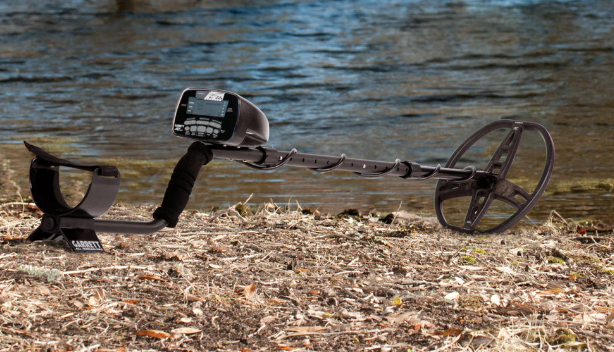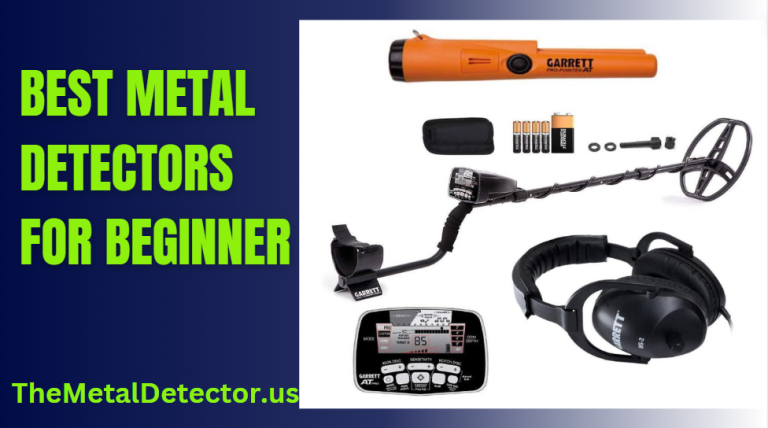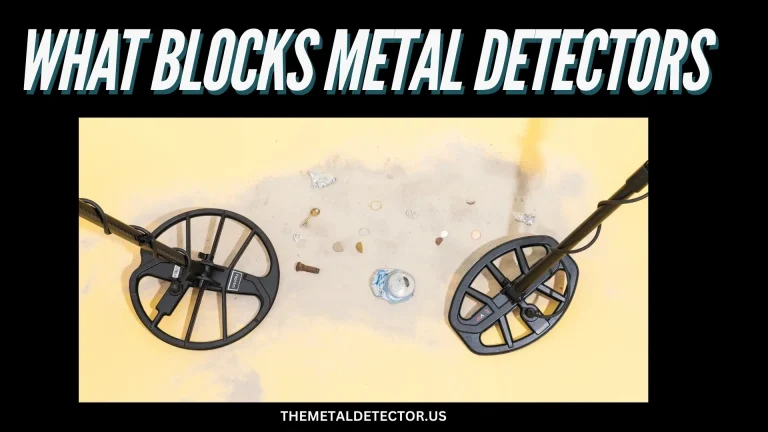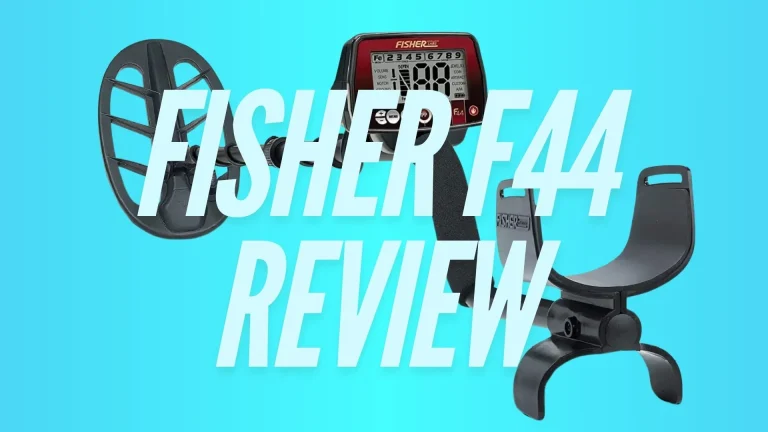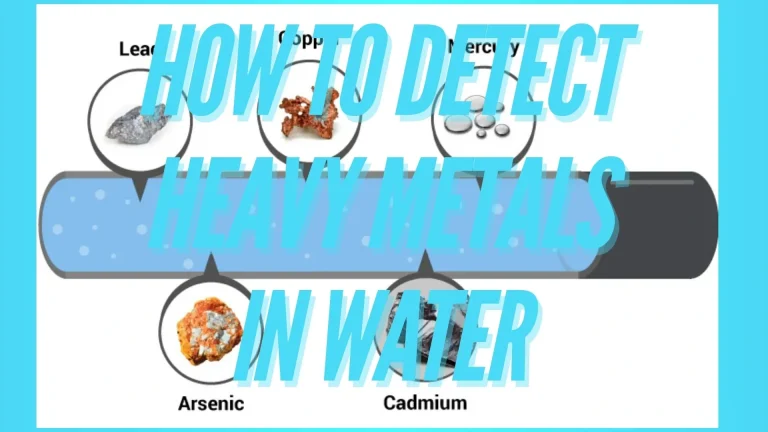Fisher Gold Bug 2 Review: Unmatched Precision for Gold Detection

Have you ever wondered if there is a metal detector that can find the tiniest pieces of gold, even in the toughest places? The Fisher Gold Bug 2 might just be that detector. It is specially designed to detect those small gold nuggets that other detectors often miss, which made me excited to try it. With its reputation as one of the best detectors for serious gold detection, I couldn’t wait to see if it was as good as people said.
The Fisher Gold Bug 2 has been out for a while, but it is still praised for its great sensitivity and high-frequency power. Unlike regular metal detectors, this one is fine-tuned to detect even the smallest pieces of gold. I was curious to see how well it would perform in real-life situations, especially since gold prospecting can be tricky when you are dealing with mineralized soils or rough areas.
In this review, I will share my hands-on experience with the Fisher Gold Bug 2 and how it performed in different conditions. From its impressive sensitivity to the easy-to-use design, I will walk you through everything I discovered during testing.
History & Design
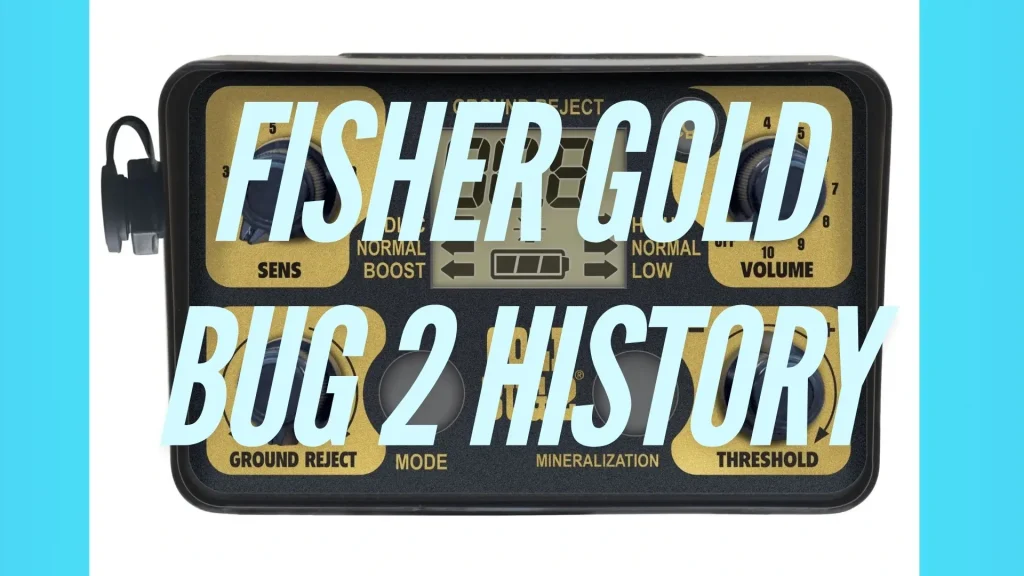
The Fisher Gold Bug 2 was created with a single goal in mind: Finding Gold. Fisher is a well-known name in metal detectors. They designed this model specifically for people who want to detect small gold nuggets. Since its release, it has gained a strong reputation among gold detectors for its ability to find even the smallest pieces of gold that other detectors might miss.
The Fisher Gold Bug 2 uses a high-frequency setting, which makes it incredibly sensitive to tiny metals, especially gold. This design choice sets it apart from regular metal detectors, which are often better at finding larger metal objects like coins. With the Gold Bug 2, users have a better chance of finding gold in places where other detectors might struggle. It is a tool made for those who want to get serious about detection and enjoy the thrill of finding gold in difficult areas.
you can read my review of Fisher Gold Bug Pro if you are interested in buying it.
Review of the Key Features of Fisher Gold Bug 2
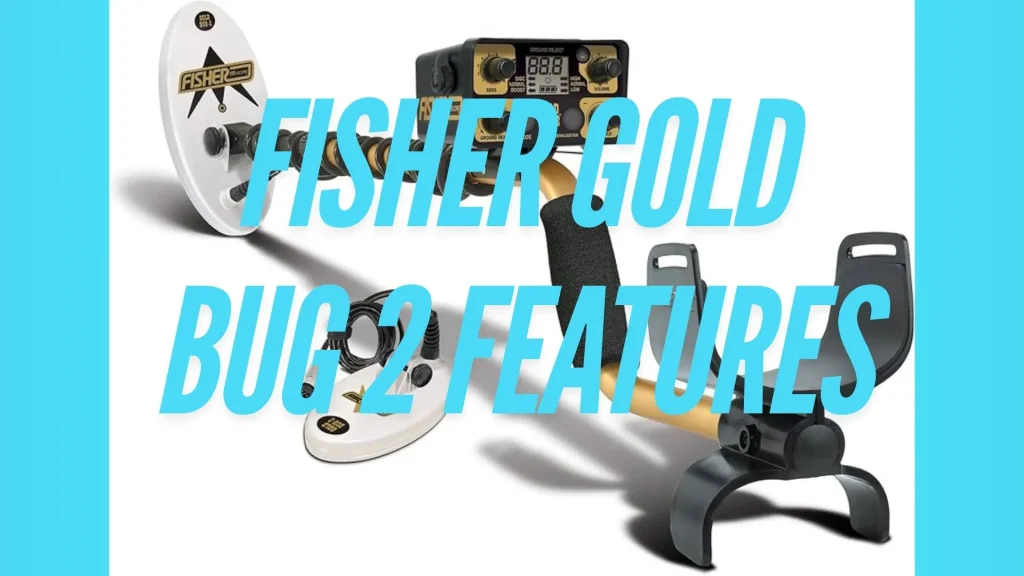
After testing the Fisher Gold Bug 2, I found several features that really stand out and make this detector different from others, especially for finding gold. Here is what I discovered about each feature:
You can read my useful insights on Fisher F44.
High-Frequency Operation
The Fisher Gold Bug 2 operates at an impressive frequency of 71 kHz, which is one of the highest frequencies you will find in metal detectors. This high frequency is essential for gold detection because it is extremely sensitive to tiny pieces of gold. During my testing, I found that it could pick up even the smallest pieces of gold that most other detectors would miss.
I tried it in an area where I knew there were small gold particles, and sure enough, it didn’t disappoint. This feature gives Gold Bug 2 an edge over other detectors that operate at lower frequencies and tend to miss finer gold particles.
Three-Position Mineralization Switch
This detector has a three-position mineralization switch with settings for Low, Medium, and High mineralization. I found this very helpful because mineralized soil can often create false signals, making it hard to tell if you have found gold or just “hot rocks” or iron. In high mineralization areas, setting the switch to “High” reduced the noise and gave me cleaner, more accurate signals.
The Medium setting was ideal for areas with a moderate amount of minerals, while Low worked perfectly on regular soil with little or no minerals. Having this control gave me confidence that I wasn’t wasting time on false signals and allowed me to focus more on potential gold targets.
Iron Discrimination Mode
The Iron Discrimination (Disc) mode is a standout feature that really improved my detecting experience. When searching for gold, you often run into a lot of junk metal, like rusty nails or bottle caps, especially in areas with old mining activity. With the Iron Disc mode, I was able to filter out these unwanted iron items, making it much easier to focus on real gold targets.
It saved me from digging up trash and helped me cover more ground faster. While in Disc mode, the detector gives a lower, distinct tone for iron objects, so I knew when to skip them and when to dig. For me, this feature made detecting more enjoyable and much less frustrating.
Lightweight and Easy to Use
One of the first things I noticed was how lightweight the Fisher Gold Bug 2 is. It is very comfortable to carry and use for extended periods. It weighs just 2.9 pounds. I took it out on several longer detections, and unlike heavier detectors, this one didn’t cause any arm fatigue, which is a huge plus when you are scanning large areas.
The controls are simple and user-friendly, with clear labelling that is easy to understand, even for beginners. It took me only a few minutes to get familiar with the settings. The comfortable grip and overall lightweight design make it perfect for both new and experienced users.
Manual Ground Balance
The manual ground balance feature allows you to adjust the detector based on the specific soil conditions in your area. When I was testing in areas with high mineralization, being able to manually set the ground balance made a huge difference. It helped me filter out the “background noise” from the soil and allowed the detector to focus on real targets. At first, it took a little practice to get the settings right, but once I got the hang of it, it made the signals much clearer and more accurate.
This feature is especially useful in gold-rich areas where the soil often contains a lot of minerals. Having control over ground balance lets you adapt to each area you are searching, which can mean the difference between finding gold and missing it.
Waterproof Coil
The Fisher Gold Bug 2 has a waterproof search coil, so you can use it in more places. I tested it in shallow creeks and wet ground, and it worked fine without any problems. This is especially useful if you are searching around rivers, streams, or wet soil, where gold is often found. However, it is important to remember that only the coil is waterproof—the control box isn’t, so it can’t be fully submerged in water.
Despite this limitation, the waterproof coil made it flexible enough to use in both dry and slightly wet environments without worrying about damaging it.
Deep Detection Depth
The Fisher Gold Bug 2 is designed to pick up very small targets close to the surface, but it can still reach a good depth when it comes to larger gold pieces. In my tests, I found that it could detect larger nuggets up to several inches deep, depending on soil conditions. This depth capability, combined with its sensitivity, makes it flexible for different types of gold prospecting.
It is ideal for shallow, detailed searches, especially in places where small gold nuggets are common, but it still has enough depth to catch larger targets.
Battery Efficiency
The Fisher Gold Bug 2 runs on two 9-volt batteries, and I found its battery life is quite decent for long detections. During my testing, I used it for multiple hours over a few days before needing to change the batteries. The efficiency is good, considering the power of the detector, and I appreciated not having to worry about constant battery changes. Plus, since it uses standard 9-volt batteries, replacements are easy to find.
Performance Review
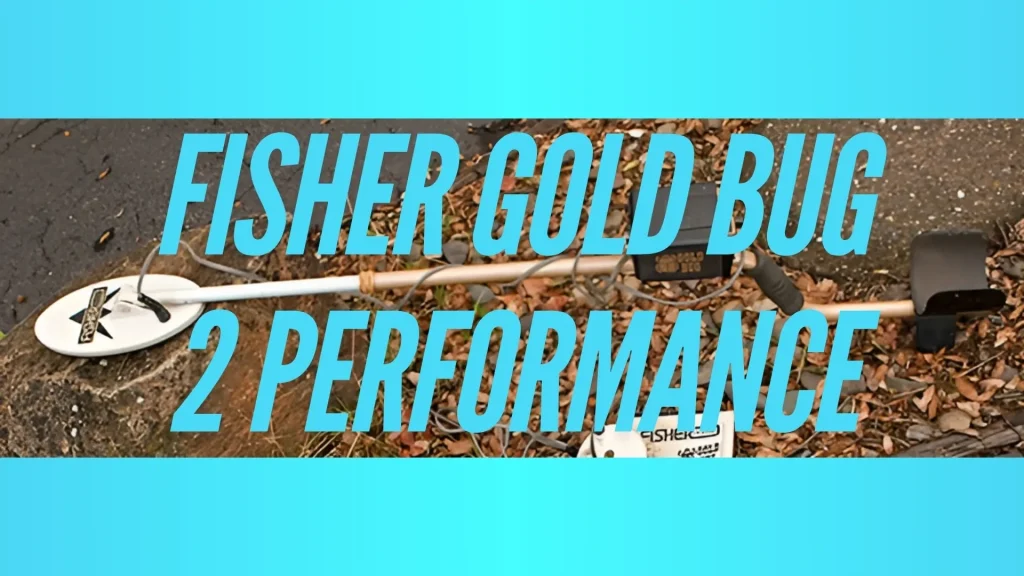
After testing the Fisher Gold Bug 2 in various areas, I was impressed by its overall performance, especially in challenging places. This detector truly shines in areas with mineralized soil, where other detectors often struggle. With its high-frequency operation and mineralization switch, the Gold Bug 2 handled mineralized ground surprisingly well.
Even in rocky areas with lots of “hot rocks” that can usually cause false signals, I could still get clear readings when I adjusted the mineralization settings. This helped me focus more on real targets and less on noisy, false signals.
The Gold Bug 2’s sensitivity to small gold particles is one of its biggest strengths. In my experience, it picked up tiny gold pieces and small nuggets that other detectors might miss. This makes it ideal for areas with fine gold or small nuggets. The manual ground balance feature also allowed me to adapt to different soils, which made the detector more reliable.
In softer ground, I could pick up larger targets at deeper depths, while in tougher, mineral-rich soil, I could still detect small gold pieces near the surface without issues.
Overall, I found the Gold Bug 2 to be a dependable and powerful tool for gold prospecting. It performed consistently well, even in tough environments, and gave me confidence that I wasn’t missing valuable targets. If you’re serious about finding gold in tricky or mineralized areas, this detector does a great job of making gold hunting both effective and enjoyable.
Specifications Of Gold Bug 2
| Specification | Details |
|---|---|
| Operating Frequency | 71 kHz |
| Search Coil | 6.5-inch elliptical coil (standard), waterproof |
| Sensitivity | Highly sensitive to small gold particles |
| Mineralization Settings | 3-position switch (Low, Medium, High) |
| Iron Discrimination | Yes, Iron Disc mode for filtering out iron junk |
| Ground Balance | Manual ground balance for different soil types |
| Target ID | Audio-based, no visual target ID |
| Depth Detection | Up to several inches, depending on target size and soil conditions |
| Audio Output | Dual headphone jacks (¼ inch and ⅛ inch) |
| Battery Type | 2 x 9-volt batteries |
| Battery Life | Approximately 25-35 hours |
| Weight | 2.9 lbs (1.3 kg) |
| Operating Modes | All Metal mode and Iron Disc mode |
| Control Box Waterproofing | No (only the search coil is waterproof) |
| Operating Temperature | -10°C to +50°C (14°F to 122°F) |
| Warranty | 5 years |
| Recommended Use | Gold prospecting and nugget hunting |
Pros and Cons

Pros
Cons
Conclusion
After testing the Fisher Gold Bug 2, I would definitely recommend it for anyone serious about finding gold, especially if you are focused on small gold pieces and detection in mineralized soil. Its high sensitivity and ability to handle challenging ground make it a solid choice for gold detectors who need accuracy and reliability.
This detector is best for those who are passionate about gold detection. It is great for people who don’t mind practising a bit to learn features like ground balance.
Overall, the Gold Bug 2 impressed me with its performance and ease of use. If you are looking to increase your chances of finding gold in tough conditions, the Gold Bug 2 is a great tool to have by your side.

